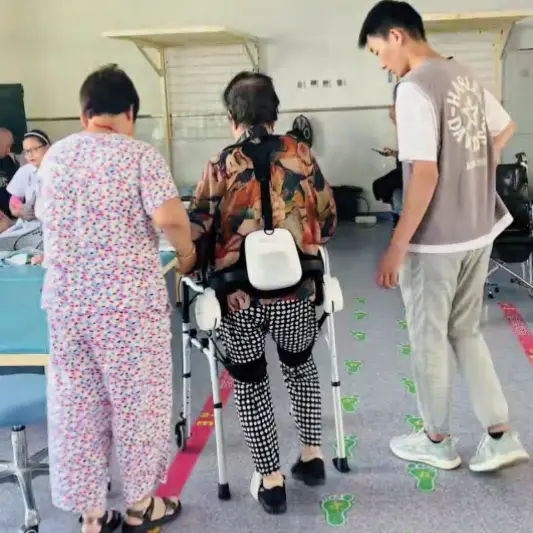Losing mobility often means losing independence – but rehab exoskeletons are rewriting personal narratives. Meet Sarah, who took her first unaided steps in two years through robotic therapy.Rehab exoskeletons empower patients through measurable progress and emotional renewal, blending advanced robotics with human resilience to rebuild both physical function and self-confidence after neurological injuries.Beyond clinical stats, these devices reignite personal agency. Let’s explore real-world transformations and the partnerships making breakthroughs possible.

Depression affects 60% of spinal injury survivors. Robotic rehab pivots the focus from “what’s lost” to “what’s possible.”
Exoskeletons provide immediate functional gains through supported standing/walking, combatting depression by demonstrating tangible recovery potential during early rehabilitation phases.
| Week | Achievement | Psychological Impact |
|---|---|---|
| 2 | 10 minutes upright | Reduced ICU-related PTSD |
| 6 | Assisted steps | Restored belief in recovery |
| 12 | Stair navigation | Renewed family role identity |
Traditional rehab’s slow progress drains motivation. Exoskeletons deliver visible daily wins.
60% of users report reduced anxiety through repetitive success experiences, while sensor data helps therapists validate subjective progress claims – a crucial factor in fighting depression.
| Metric | Pre-Trial | 12 Weeks |
|---|---|---|
| Self-Efficacy Score | 2.8/10 | 6.5/10 |
| Social Engagement | 1.2 hrs/week | 4.7 hrs/week |
| Sleep Quality | Poor (63%) | Moderate (41%) |
Manual progress tracking often misses subtle improvements. Exoskeleton analytics reveal breakthroughs.
Integrated dashboards show muscle activation patterns and weight distribution shifts, letting therapists tweak support levels hourly rather than weekly for optimized recovery pacing.
1.Fatigue Alerts
Vibrates when user form declines
2. Progress Mapping
Compares current vs. historic sessions
3. Family Portal
Shares digestible achievement updates
The real-time fix prevented weeks of compensation patterns. 87% of clinicians report better patient trust through data transparency.
Cost and accessibility block 72% of potential users. Next-gen solutions aim to change this.
Modular exoskeletons launching in 2025 will offer 60% cost reduction through swappable components, while telehealth integration brings expert-guided sessions to home users.
| 2024-2025 | 2026-2028 |
|---|---|
| Insurance coverage expansion | Brain-computer interface trials |
| Community lending programs | Disposable muscle sensor patches |
| AI form coaches | Haptic feedback clothing |
Rehab exoskeletons stitch technology into humanity’s fabric – turning clinical corridors into hope highways where every whirring joint whispers “forward.”
This is the first one.